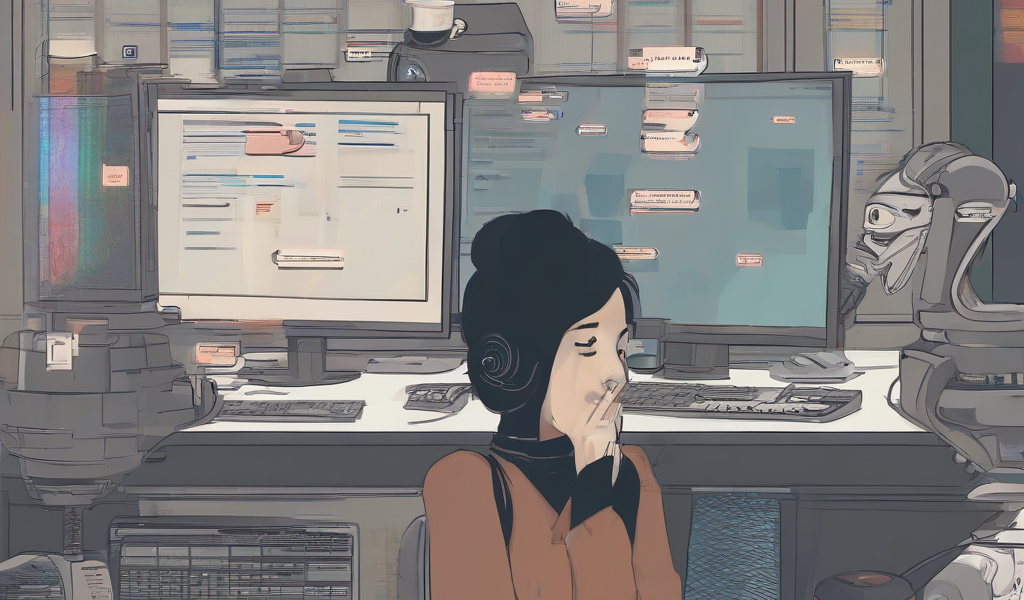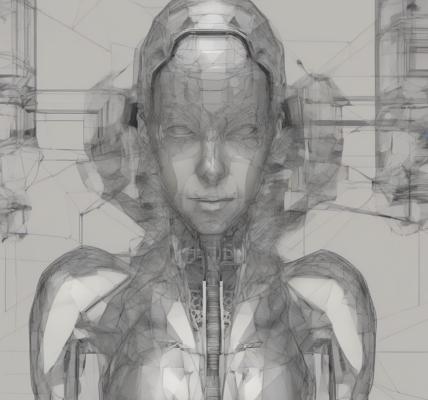Mastering Web Design Through Online Classes: A Comprehensive Guide
The digital age has revolutionized education, making learning accessible like never before. Aspiring web designers now have a plethora of online resources at their fingertips, enabling them to acquire in-demand skills and build successful careers. This comprehensive guide delves into the world of online web design classes, exploring various learning platforms, course formats, essential skills, and career paths.
Choosing the Right Online Learning Platform
The landscape of online learning is diverse, offering a wide range of platforms catering to different learning styles and budgets. Some popular choices include:
- Massive Open Online Courses (MOOCs): Platforms like Coursera, edX, and FutureLearn offer a vast selection of web design courses, many of which are free or offered at a low cost. These courses often feature video lectures, assignments, and peer interaction.
- Online Learning Platforms: Websites such as Udemy, Skillshare, and LinkedIn Learning provide a wide range of web design courses, often taught by industry professionals. These courses vary in depth and focus, catering to both beginners and experienced designers.
- Bootcamps: Intensive, short-term programs, often offered online, that focus on practical skills and career preparation. Bootcamps are a more immersive and accelerated learning experience, usually resulting in a portfolio and job placement assistance.
- University Online Programs: Many universities offer online degrees or certificates in web design, providing a structured and rigorous educational experience. These programs typically require more commitment and financial investment but often lead to higher recognition.
Essential Skills Covered in Online Web Design Classes
A comprehensive web design curriculum should equip students with a variety of essential skills, including:
- HTML and CSS: These are the foundational languages of the web, responsible for structuring and styling web pages. Online classes typically provide a strong grounding in these technologies, teaching students how to create responsive and visually appealing websites.
- JavaScript: This programming language adds interactivity and dynamism to websites, enhancing user experience. Many online courses offer a progressive approach to learning JavaScript, starting with the basics and gradually introducing more complex concepts.
- Responsive Web Design: This crucial skill focuses on creating websites that adapt seamlessly to different screen sizes, ensuring optimal viewing experience across various devices (desktops, tablets, smartphones).
- UI/UX Design: Understanding user interface (UI) and user experience (UX) principles is crucial for creating websites that are not only visually appealing but also intuitive and easy to navigate. Online courses often cover design thinking methodologies and user research techniques.
- Web Accessibility: Creating websites that are accessible to people with disabilities is a critical aspect of responsible web design. Online classes often cover accessibility guidelines (WCAG) and best practices for ensuring inclusivity.
- Graphic Design Principles: A strong understanding of visual design principles, including typography, color theory, and layout, is crucial for creating aesthetically pleasing and effective websites. Online courses often incorporate design exercises and projects to build these skills.
- Version Control (Git): Using Git for managing code changes and collaborating with others is an essential skill for web developers. Many online courses integrate Git into their curriculum.
- Content Management Systems (CMS): Familiarity with popular CMS platforms like WordPress is highly valuable. Online classes often cover the basics of using and customizing CMS platforms.
- Web Development Frameworks: Some advanced courses introduce popular web development frameworks such as React, Angular, or Vue.js, enabling students to build more complex and efficient web applications.
- SEO Basics: Understanding Search Engine Optimization (SEO) principles is essential for making websites discoverable by search engines. Many online courses provide an introduction to SEO best practices.
Different Course Formats and Learning Styles
Online web design classes come in various formats, catering to different learning preferences:
- Video Lectures: Many courses utilize pre-recorded video lectures to deliver instructional content. This format is convenient and allows for self-paced learning.
- Interactive Exercises and Quizzes: Engaging exercises and quizzes help reinforce learning and assess understanding. These are common features in many online courses.
- Projects and Assignments: Practical projects and assignments provide students with opportunities to apply their knowledge and build a portfolio. This hands-on approach is crucial for developing real-world skills.
- Live Online Sessions: Some courses incorporate live online sessions, allowing students to interact with instructors and fellow students in real-time. This format fosters a sense of community and provides opportunities for Q&A.
- Community Forums and Discussion Boards: Online platforms often include community features, allowing students to connect, collaborate, and seek assistance from peers and instructors.
- Mentorship Programs: Some platforms offer mentorship programs, pairing students with experienced professionals for personalized guidance and support.
Choosing the Right Course Based on Your Experience Level
Online web design courses cater to different experience levels. Beginners should look for courses that cover the fundamentals of HTML, CSS, and basic design principles. Intermediate and advanced learners might benefit from courses focusing on specific technologies or advanced techniques.
- Beginner Courses: These courses often start with the absolute basics, assuming no prior knowledge of web design. They typically cover fundamental HTML, CSS, and often introduce basic design concepts.
- Intermediate Courses: These courses build upon basic knowledge, exploring more advanced topics like JavaScript, responsive design, and specific frameworks.
- Advanced Courses: These courses cater to experienced web designers who wish to specialize in specific areas, such as front-end frameworks, back-end development, or advanced UX/UI design.
Building a Portfolio and Finding Job Opportunities
A strong portfolio is essential for landing a web design job. Online classes often provide opportunities to build a portfolio through projects and assignments. Once you’ve completed your coursework, you can leverage online job boards, networking platforms, and freelancing websites to find job opportunities.
- Showcase Your Projects: Create a dedicated portfolio website or use online platforms like Behance or Dribbble to showcase your best projects.
- Network with Professionals: Attend online events, join relevant communities, and connect with professionals on LinkedIn to expand your network.
- Freelancing Platforms: Platforms like Upwork and Fiverr offer opportunities to find freelance web design projects.
- Job Boards: Websites like Indeed, LinkedIn, and specialized web design job boards can help you find employment opportunities.
Staying Updated with Industry Trends
The web design landscape is constantly evolving. To stay competitive, continuous learning is crucial. Stay updated on the latest technologies, design trends, and best practices by following industry blogs, attending online webinars, and participating in online communities.
- Industry Blogs and Publications: Follow reputable blogs and publications that cover web design trends and best practices.
- Online Webinars and Conferences: Attend online webinars and conferences to learn about the latest technologies and trends.
- Online Communities: Engage in online communities like Stack Overflow and Reddit to connect with other web designers and share knowledge.
The Benefits of Online Web Design Classes
Online web design classes offer numerous advantages:
- Flexibility and Convenience: Learn at your own pace and schedule, from anywhere with an internet connection.
- Affordability: Many online courses are more affordable than traditional in-person classes.
- Accessibility: Online learning opens doors to individuals who may not have access to traditional educational institutions.
- Diverse Course Options: A wide range of courses are available, catering to various skill levels and interests.
- Career Advancement: Gain in-demand skills to advance your career or launch a new one in the exciting field of web design.
Conclusion (Note: This section is excluded as per the prompt instructions)




